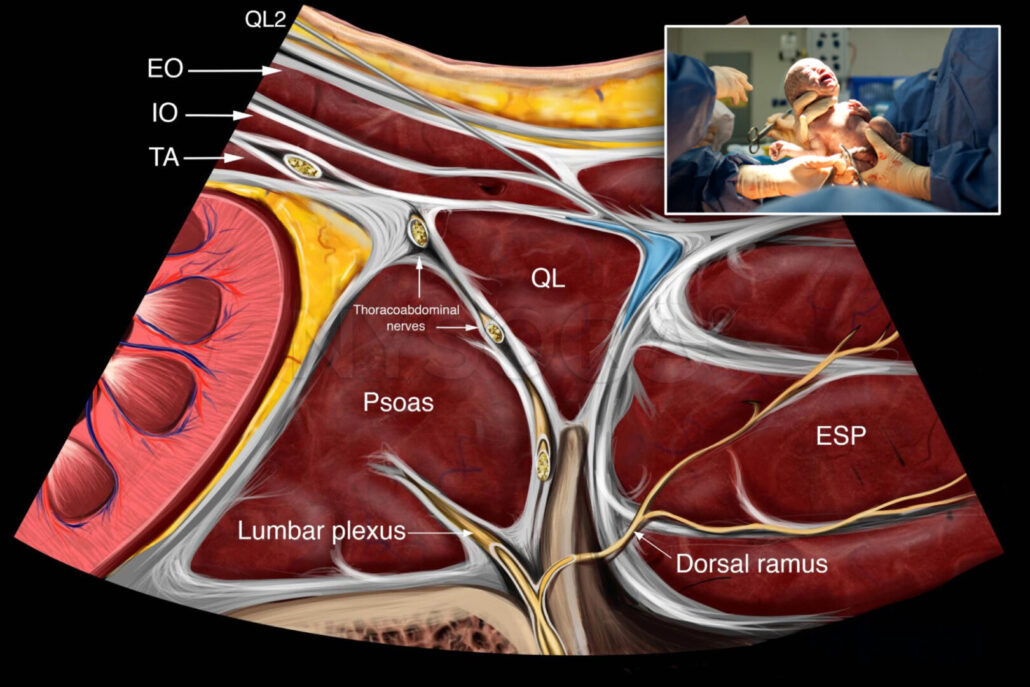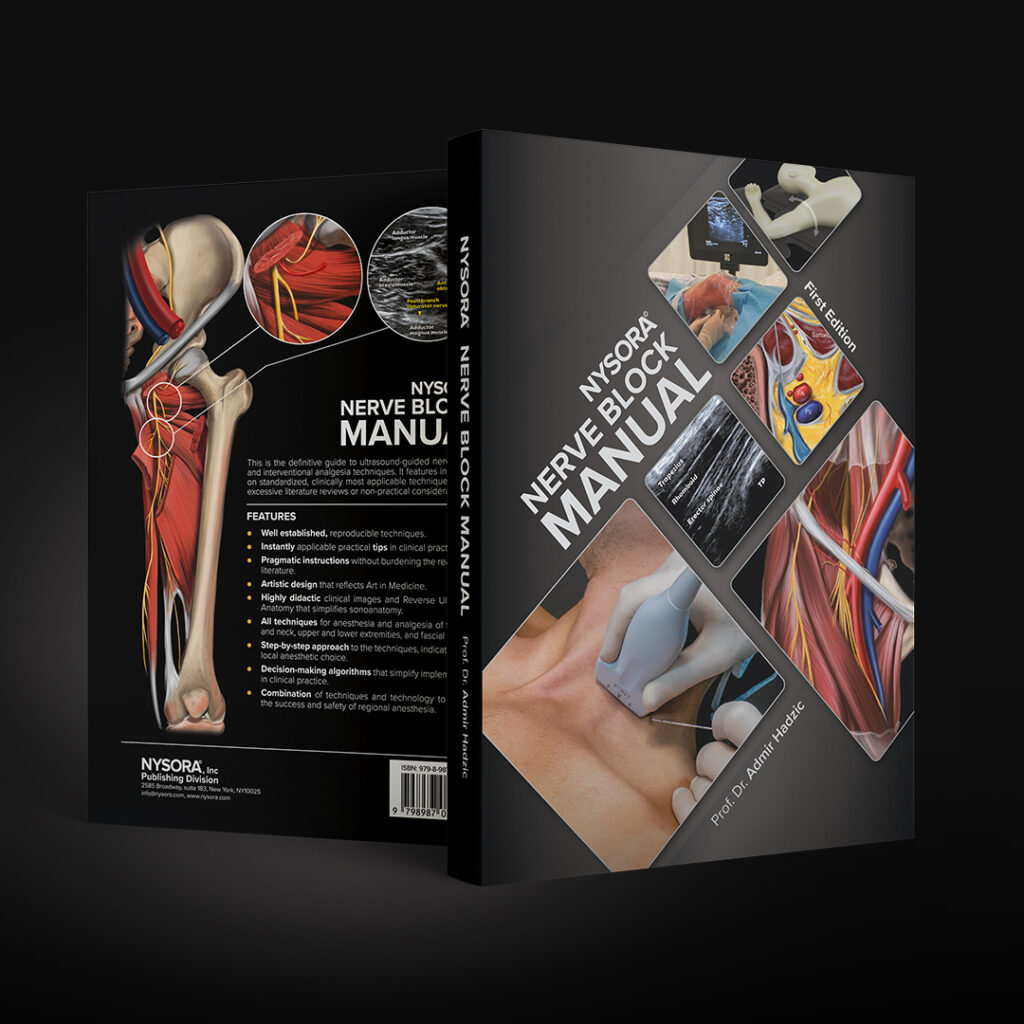
Comparing posterior quadratus lumborum block and intrathecal morphine for pain relief after scheduled cesarean section
Managing postoperative pain effectively is crucial after a cesarean section (CS) to prevent complications like chronic pain, greater opioid use, delayed recovery, and potential impacts on the mother-child bond. Traditionally, intrathecal morphine (ITM) has been a cornerstone in the multimodal analgesic regimen for cesarean deliveries. However, despite its effectiveness, ITM is associated with several side effects, such as nausea, vomiting, and pruritus, prompting the need for alternative pain management techniques. A new study has explored the potential of using a bilateral posterior quadratus lumborum block (PQLB) as a viable alternative to ITM for postoperative pain control after scheduled cesarean sections.
Study objective and methods
The study aimed to compare the efficacy and safety of PQLB with ITM in managing postoperative pain following a scheduled cesarean section. Conducted as a prospective, randomized, blinded, controlled trial, the research included 104 women who were randomly selected to receive either ITM or PQLB during cesarean delivery under spinal anesthesia. Exclusion criteria included pregnancies of less than 37 weeks, multiple pregnancies, known fetal pathology, a body mass index (BMI) over 45 kg/m², and chronic pain associated with opioid use.
The primary endpoint was the total cumulative intravenous morphine use over 24 hours post-surgery, with secondary endpoints including morphine use at 48 hours, static and dynamic pain scores, functional recovery (measured by the Obstetric Quality of Recovery questionnaire, ObsQoR-11), and the occurrence of adverse effects.
Key findings
The study found no statistically significant difference in the total cumulative intravenous morphine use at 24 hours between the two groups. The mean morphine dose for the PQLB group was 13.7 mg, while the ITM group had a mean dose of 11.1 mg, with a p-value of 0.111. Similarly, pain scores did not show significant differences between the groups, except at 6 hours post-surgery when the PQLB group reported less pain during coughing or movement (p=0.013). Additionally, better recovery quality was observed at 24 hours in the PQLB group (p=0.009).
Interestingly, the incidence of pruritus, a common side effect associated with opioid use, was significantly lower in the PQLB group (2%) compared to the ITM group (35%). This finding suggests that PQLB may be a preferable option for patients who are sensitive to the adverse effects of opioids. However, no significant differences were observed in other secondary outcomes, including total morphine use over 48 hours or pain scores at other time points.
Conclusion
The study concluded that PQLB could be considered an effective alternative to ITM for postoperative analgesia in cesarean deliveries, particularly for patients who cannot tolerate the side effects of opioids. While both methods provided adequate pain relief, PQLB offered a better side effect profile, particularly regarding pruritus. However, no significant advantage was observed in reducing overall morphine consumption or improving pain control over the initial 24 hours.
Future directions
Given the promising findings, future research should explore the potential benefits of PQLB further, particularly its impact on functional recovery and patient satisfaction. Larger-scale studies could help establish more definitive conclusions on the effectiveness of PQLB in various patient populations and settings. Additionally, investigating the optimal dosage, timing, and techniques for administering PQLB may enhance its efficacy and broaden its application as a standard pain management approach after cesarean sections.
For more detailed information, refer to the full article in RAPM.
Giral T, Delvaux BV, Huynh D, et al. Posterior quadratus lumborum block versus intrathecal morphine analgesia after scheduled cesarean section: a prospective, randomized, controlled study. Reg Anesth Pain Med. Published online September 4, 2024.
Download the Nerve Blocks App HERE for in-depth insights on the quadratus lumborum block. Prefer a physical copy? The bestselling NYSORA Nerve Blocks App is available in book format — an essential resource for mastering nerve blocks!




